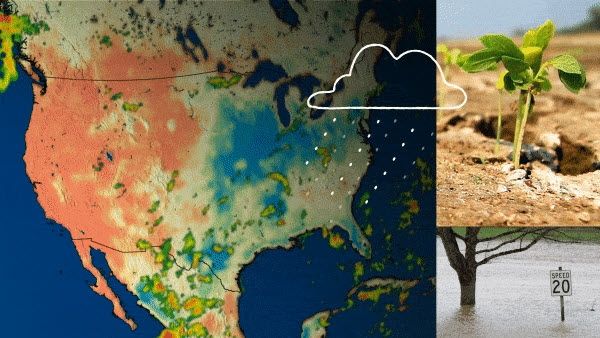And now increasingly they are using NASA Earth science data to help make their decisions. While NASA satellites primarily support scientific understanding, the data can also be applied for societal benefits like agriculture.
In our skies, NASA’s Earth-observing satellites help farmers track rainfall amounts, soil moisture, crop health, and more. On the ground, NASA partners with agencies and organizations around the world to help farmers use that data to care for their own fields. Here are a few ways NASA helps put food on the table, from planting to harvest.
Wrapping seeds in wet paper towels is a classic science lesson to show how seeds sprout and grow. Moisture is critical for germinating seeds; they like a moist but not soggy environment. Farmers can use satellite data taken from hundreds of miles above their fields to “see” how moist their soil is across large fields.
Continue reading at NASA Goddard Space Flight Center
Image via NASA Goddard Space Flight Center


